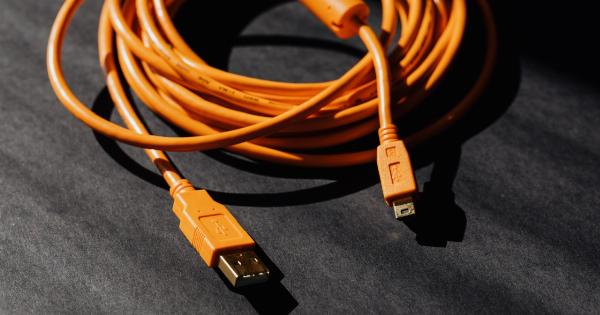In today’s digital age, mobile devices have become an integral part of our lives. We use them for communication, entertainment, and even as tools for managing our health.
However, for individuals with pacemakers, the use of mobile devices may raise concerns about potential interference with these life-saving devices. This article aims to provide a comprehensive compatibility guide for pacemakers and mobile devices.
Understanding Pacemakers
Pacemakers are small electronic devices implanted in the chest or abdomen to help regulate or control abnormal heart rhythms. They work by sending electrical impulses to the heart muscles to maintain a steady heartbeat.
Pacemakers are programmed to adapt to the unique needs of each individual and can be a critical lifeline for many people.
Potential Interference
Although modern pacemakers are designed to be shielded from electromagnetic interference (EMI), certain electronic devices, including mobile devices, can still theoretically interfere with their proper functioning.
EMI from mobile devices is generally caused by the radiofrequency (RF) energy they emit during transmission. However, the likelihood of interference depends on various factors, such as the proximity of the mobile device to the pacemaker, the power and frequency of the device, and the individual characteristics of the pacemaker.
Research Findings
Extensive research has been conducted to evaluate the potential risks associated with using mobile devices near pacemakers.
The overall consensus from these studies suggests that the risk of interference is low, particularly when mobile devices are used at a reasonable distance from the pacemaker. However, caution is still advisable, especially for those with older or more sensitive pacemaker models.
Precautionary Measures
To ensure the safe use of mobile devices for individuals with pacemakers, here are some precautionary measures to consider:.
1. Maintain a Safe Distance
It is generally recommended to keep mobile devices at least six inches away from the pacemaker. Maintaining this distance can significantly reduce the risk of interference.
Avoid carrying your mobile device in your breast pocket or positioning it directly over your chest where your pacemaker is implanted.
2. Use the Opposite Ear
If you frequently use a mobile device for phone calls, it is advisable to hold the device to the ear opposite to where your pacemaker is implanted. This simple step helps minimize any potential interference.
3. Be Mindful of Charged Batteries
Mobile devices with low batteries or weak signals may increase the power output to maintain a stable connection.
It is recommended to use mobile devices with fully charged batteries and strong network signals to prevent unnecessary power fluctuations near your pacemaker.
4. Consider Device Placement
When using mobile devices near your pacemaker, be mindful of how and where you position them. Avoid placing your mobile device directly over your pacemaker or carrying it in a pocket that is close to the implanted device.
5. Consult Your Physician
Always consult your healthcare professional or cardiologist for personalized advice regarding the safe use of mobile devices with your specific pacemaker model.
They can provide specific guidelines and recommendations based on your unique medical situation.
Conclusion
The use of mobile devices by individuals with pacemakers is generally considered safe, as long as basic precautions are followed.
Maintaining a safe distance, using the opposite ear, being mindful of battery power, considering device placement, and seeking professional advice are all key factors in ensuring the compatibility of pacemakers and mobile devices. By adhering to these simple guidelines, individuals can continue to enjoy the benefits of mobile technology without compromising their cardiac health.






























